Speaker
Description
Techniques of imaging and SAXS experiments at ultra-fast processes with synchrotron radiation beams are being developed at Siberian Synchrotron and Teraherz Radiation Center (SSTRC) at Budker Institute of Nuclear Physics since the beginning of 2000th. The detector for imaging of explosions, DIMEX, was designed for these purposes. DIMEX is one-dimensional detector that can image the distribution of X-ray flux emitted by single electron bunch and store a series of such images from 100 consecutive bunches. Gaseous version of the detector DIMEX-G has been operating at the VEPP-3 storage ring since 2005 and at the VEPP-4M storage ring since 2015. The main parameters of the detector such as maximum registered X-ray flux and signal measurement precision, frame rate and time resolution can be significantly improved with silicon micro-strip sensor. A dedicated front-end ASIC DMXS6A was developed for such detector. The first ASIC demonstrated high noise that did not allow to get good enough signal to noise ratio. The ASIC was redesigned and the first tests with the prototype with new version of the ASIC DMXS6B have been performed at the SR beam at VEPP-4M. The noise in the new prototype is reduced by a factor of 5 down to 10 equivalent photons. At the same time the detector prototype demonstrates maximum detected photon flux of more than 10000 equivalent photons per bunch per channel (channel pitch 50 um) and maximum frame rate of 40 MFrames/s.
